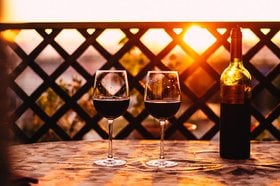Riesling Vs Moscato: 8 Key Differences
Renowned for their sweetness and luscious character, Riesling and Moscato wines come in various delightful styles.
Interestingly, these wines differ in many significant ways.
So, let’s look at Riesling vs Moscato in detail and check out the 8 key differences between these wines.
Further reading
- Check out our detailed Riesling and Moscato guides to discover the finest bottles to buy now!
- Also, check out these Refreshing White Wines and pick the finest ones to invest in.
Riesling Vs Moscato: 8 Key Differences
Here are the main differences between Riesling and Moscato wines:
1. Origins

Riesling wines are produced from the Riesling grape, which hails from Germany. Meanwhile, Moscato wines are made from Muscat grape varieties that hail from Italy.
2. Wine Regions
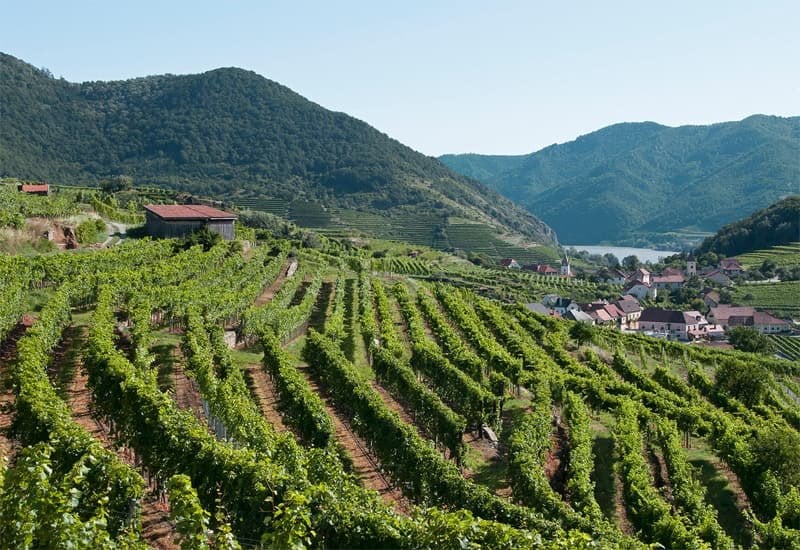
Although native to Germany, the Riesling grape is also grown and vinified widely in these wine regions:
- USA
- France
- Austria
- Australia
- Canada
- New Zealand
- Italy.
Meanwhile, the Italian Moscato grape is now grown and vinified widely in the USA. Also, here are the other famous Moscato wine regions:
- Australia
- Spain
- France
- Chile
- South Africa
3. Taste And Characteristics

Riesling and Moscato wines are usually admired for their incredible sweetness levels. A Moscato is generally a sweeter wine with more sugar content than a sweet Riesling wine.
Moscato wines typically boast moderate acidity and a rich, fruity flavor with peach and citrus notes. Meanwhile, Rieslings shine with high acidity and flavours of pineapple, apple, apricot, and pear.
However, Moscato and Riesling wines usually have similar floral aromas of rose and white flowers.
4. Wine Styles
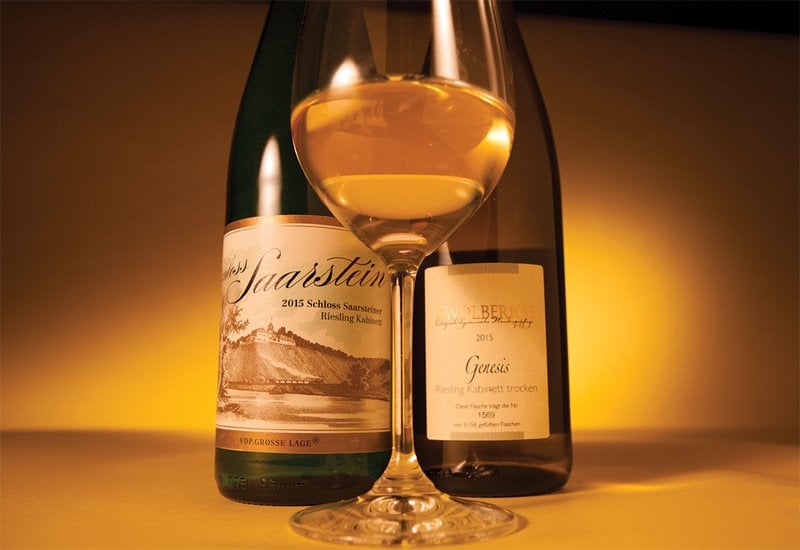
Moscato and Riesling wines are produced in different styles.
Here are the various Riesling wine styles:
- Sweet Riesling:This sweet wine style is highly sought-after and admired by most wine drinkers. It’s a light, refreshing, and sweet white wine style with high acidity and sugar levels.
- Off-Dry Riesling: The typical off-dry Riesling white wine contains subtle sweetness and moderate acidity.
- Dry Riesling:A typical Riesling dry white wine is an age-worthy drink usually produced in Germany, Austria, and the USA.
- Sparkling Riesling: This fizzy, sparkling wine style is common in Germany, where it’s classified as “Sekt.”
Let’s now check out the various Moscato wine styles:
- White Moscato: This sweet Moscato wine style is made from the Muscat Blanc grape and other Moscato grape varieties. It’s a luscious white wine style with a rich, fruity flavor, incredible sweetness, and apricot notes.
- Red Moscato (Black Moscato):The rare red Moscato style is made from the Black Muscat grape. This sweet wine style has a dark fruity flavor with floral and spice notes.
- Pink Moscato: The Pink Moscato is a fragrant, slightly fizzy, and sweet wine style. It’s made from the Muscat Blanc grape and has red fruit flavours and red flower aromas.
- Sparkling And Semi-Sparkling Moscato: Moscato wines can also be classified as semi-sparkling (frizzante) or fully sparkling (spumante.) Moscato dAsti is a common semi-sparkling Moscato, while Asti Spumante is a well-known fully sparkling Moscato.
- Moscato Dessert Wine: This sweet Moscato wine style contains around 100 grams of residual sugar per liter. A typical Moscato dessert wine has a tropical fruit flavor with honey and peach notes.
5. Alcohol Content
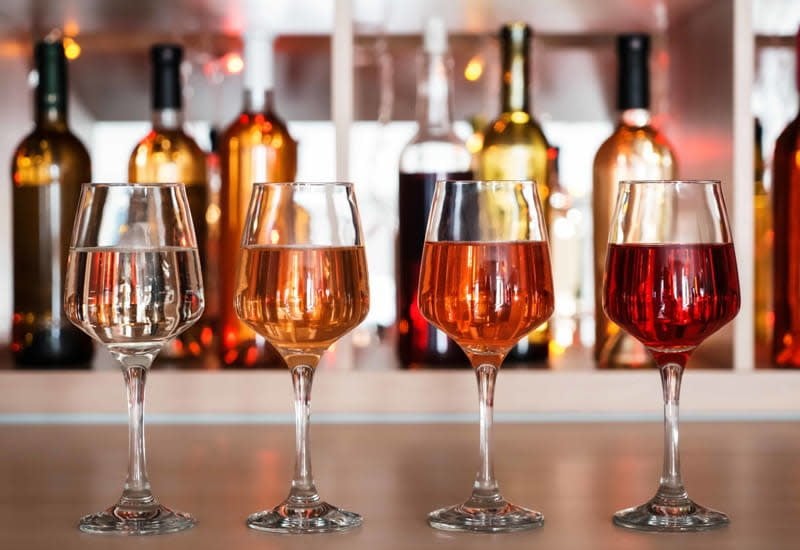
Riesling wines are usually higher in alcohol than Moscato wines. The typical Riesling wine contains 8-9% ABV or more alcohol content.
Meanwhile, Moscato wines usually have an alcohol content of around 5.5% ABV.
6. Price
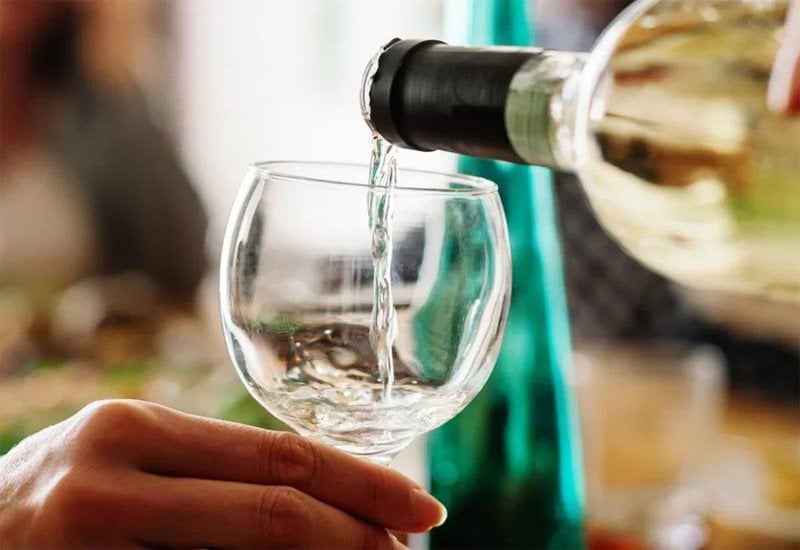
Moscato wines are quite affordable and cost between $3 to $110. But, you’ll also find unique vintages like an 1875 D'Oliveiras Moscatel Reserva Vintage that cost around $1,500.
Meanwhile, Rieslings are usually more expensive and cost anywhere between $3 to a whopping $33,000 (some sought-after vintages like the 1959 Egon Muller Scharzhofberger Riesling Trockenbeerenauslese.)
7. Aging Potential And Investment Worthiness
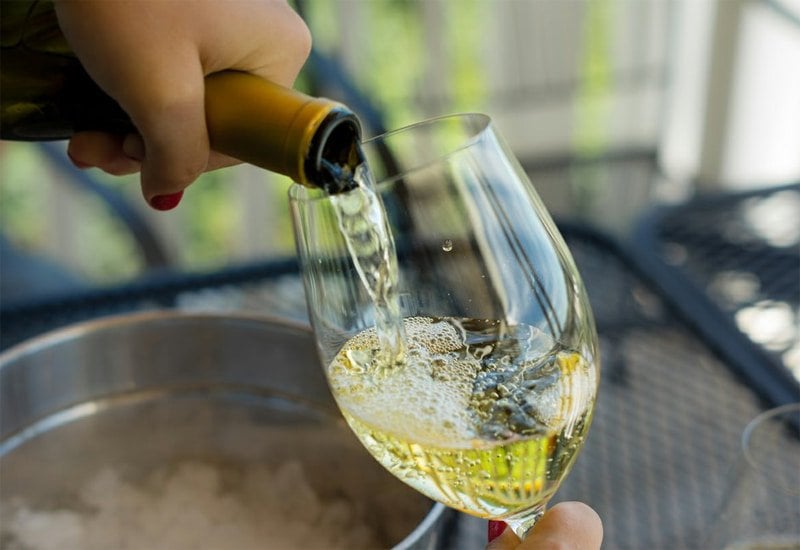
Moscato wines don’t age well and should be drunk a few years after release.
Unlike red wine, most white wine options are easy-drinking beverages that should be consumed young. However, Riesling wines carry incredible aging potential, thanks to their high acidity levels.
The finest Riesling bottles are investment-worthy and can be cellared for 30+ years.
8. Food Pairings

For food and wine pairing ideas, try Rieslings with chicken, seafood, pork, and spicy dishes. Meanwhile, Moscato wines’ crisp sweetness complements desserts like chocolate pudding and cheesecake.
Riesling Vs Moscato: Which Wine Is Your Favorite?
Riesling and Moscato wines are crisp and refreshing drinks that any wine lover will enjoy.
But if you’re into fine wine investment, go for Riesling or fine wines like Chenin Blanc, Pinot Noir, Chardonnay, Port wine, and Rosé wine.
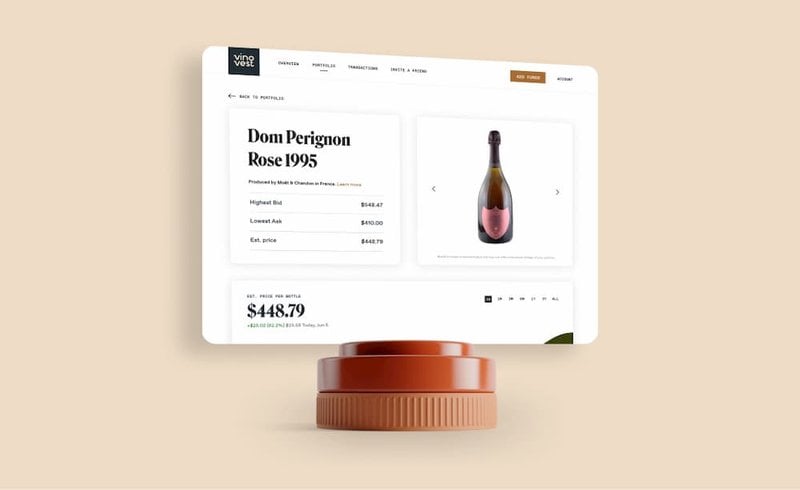
If you’d like to invest in Riesling wine and other investment-grade bottles, check out the Vinovest website. It’s an incredible platform that makes it easy to buy, store, and sell sparkling wine, ice wine, dry wine, sweet white wine, red wine, and other authentic bottles.

